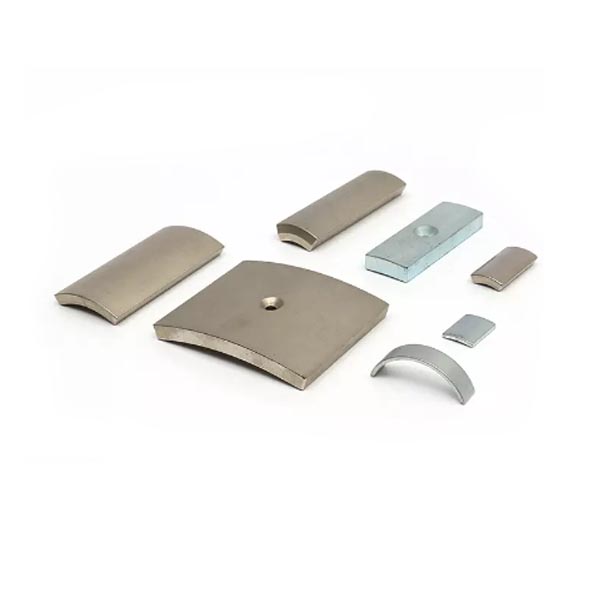Magnetism, the invisible force that pulls certain materials towards one another, has fascinated scientists and curious minds for centuries. From compasses guiding explorers across vast oceans to the technology within our everyday devices, magnetism plays a crucial role in our world. Testing for magnetism doesn't always require complex equipment; there are simple methods you can employ to detect this phenomenon. Here are four straightforward techniques to explore the magnetic properties of materials:
1. Magnetic Attraction:
The most basic method to test for magnetism is by observing magnetic attraction. Take a magnet, preferably a bar magnet or a horseshoe magnet, and bring it close to the material in question. If the material is attracted to the magnet and sticks to it, then it contains magnetic properties. Common magnetic materials include iron, nickel, and cobalt. However, not all metals are magnetic, so it's essential to test each material individually.
2. Compass Test:
Another simple method to detect magnetism is by using a compass. Compass needles are themselves magnets, with one end typically pointing towards the Earth's magnetic north pole. Place the material near the compass and observe any changes in the needle's orientation. If the needle deflects or moves when the material is brought close, it indicates the presence of magnetism in the material. This method works well for detecting even weak magnetic fields.
3. Magnetic Field Lines:
To visualize the magnetic field around a material, you can sprinkle iron filings on a piece of paper placed over the material. Gently tap the paper, and the iron filings will align themselves along the magnetic field lines, providing a visual representation of the magnetic field's shape and strength. This method allows you to observe the magnetic field pattern, helping you understand the distribution of magnetism within the material.
4. Induced Magnetism:
Some materials can become temporarily magnetized when brought into contact with a magnet. To test for induced magnetism, place the material near a magnet and observe whether it becomes magnetized. You can then test the magnetized material by attracting other small magnetic objects towards it. If the material exhibits magnetic properties only in the presence of the magnet but loses them when removed, it's likely experiencing induced magnetism.
In conclusion, magnetism can be tested using simple and accessible methods that don't require sophisticated equipment. Whether it's observing magnetic attraction, using a compass, visualizing magnetic field lines, or detecting induced magnetism, these techniques provide valuable insights into the magnetic properties of different materials. By understanding magnetism and its effects, we gain a deeper appreciation for its significance in both nature and technology. So, grab a magnet and start exploring the magnetic world around you!
Your Custom Neodymium Magnets Project
We can offer the OEM/ODM services of our products. The product can be customized according to your personalized requirements, including the size, Shape, performance, and coating. please offer your design documents or tell us your ideas and our R&D team will do the rest.
Post time: Mar-06-2024







